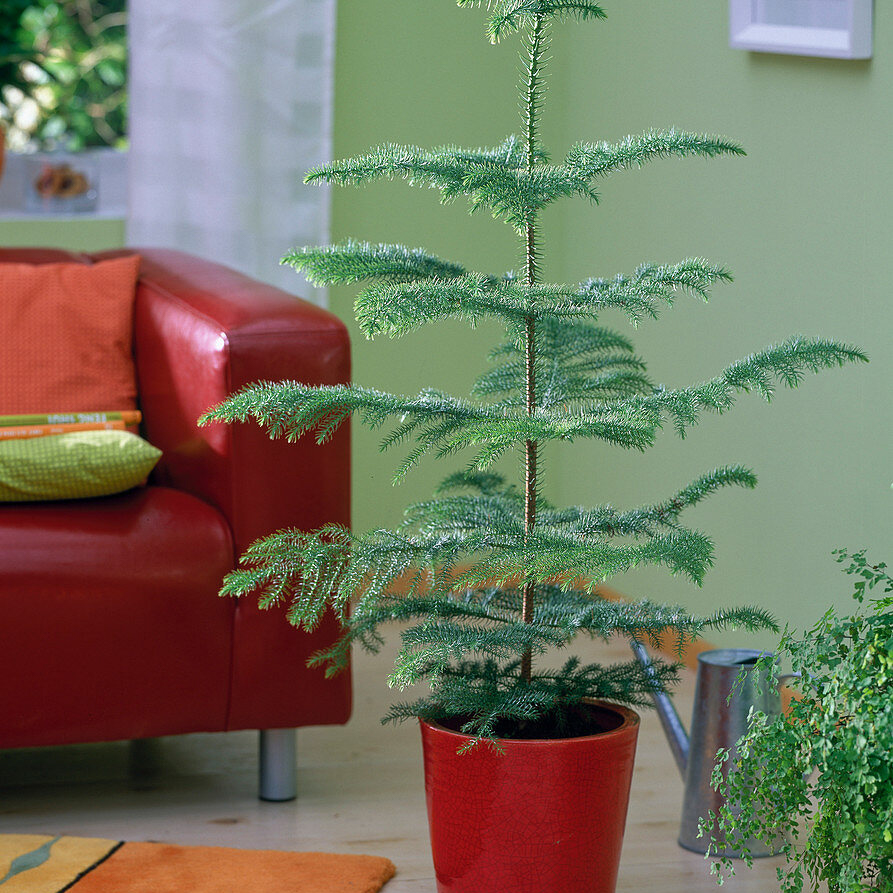Good lighting is essential to the overall ambiance and function of any home. Recessed lighting is a popular choice for homeowners looking for a sleek and modern lighting option. In this article, we will explore the benefits of recessed lighting, different types of fixtures, installation options, and important factors to consider when choosing recessed lighting for your home.
The Benefits of Recessed Lighting
One of the primary benefits of recessed lighting is its versatility. It can be used as the primary source of light in a room, or as an accent to highlight specific areas or decor. Additionally, recessed lighting can be used to create a more spacious and uncluttered appearance in a room, as they don’t take up any floor or surface space.
Another benefit of recessed lighting is its energy efficiency. LED bulbs, which are commonly used in recessed lighting fixtures, use significantly less energy than traditional incandescent bulbs. This can lead to lower electricity bills and a smaller carbon footprint.
Finally, recessed lighting is generally very easy to maintain. Once installed, the fixtures are typically out of the way and require minimal upkeep.
Types of Recessed Lighting Fixtures
There are several different types of recessed lighting fixtures to choose from, including:
- Standard Trim: These are the most common type of recessed lighting fixture. They have a simple, round trim that sits flush with the ceiling.
- Baffle Trim: These fixtures have a ribbed interior that helps to reduce glare and direct the light downward.
- Pinhole Trim: These fixtures have a small, circular opening that creates a focused beam of light.
- Wall Wash Trim: These fixtures are designed to highlight a specific area of a wall or piece of artwork.
Installation Options
When it comes to installing recessed lighting, there are two main options: new construction and remodel.
New construction installation involves installing the fixtures during the construction of a new home or renovation project. This allows for greater flexibility in terms of placement and wiring.
Remodel installation is a bit more complex, as it involves cutting into the ceiling to install the fixtures. However, this option is a good choice if you’re looking to add recessed lighting to an existing room.
Factors to Consider When Choosing Recessed Lighting
When choosing recessed lighting for your home, there are several important factors to consider. These include:
- Function: What is the primary purpose of the room? Is the lighting intended to be the primary source of illumination or an accent?
- Ceiling Height: The height of your ceiling can impact the type of fixture you choose. If your ceiling is low, you may want to go with a pinhole trim to avoid creating a cramped feel.
- Bulb Type: LED bulbs are the most energy-efficient option, but they can be more expensive upfront. Consider your budget and long-term energy savings when choosing bulbs.
- Color Temperature: The color temperature of your bulbs can impact the overall ambiance of the room. Cool white bulbs give off a brighter, more clinical feel, while warm white bulbs create a more comfortable and inviting atmosphere.
Recessed lighting is a versatile and energy-efficient option for modern homes. When choosing recessed lighting for your home, consider the function of the room, ceiling height, bulb type, and color temperature. With the right fixtures and installation, recessed lighting can transform your home and make it more stylish and functional than ever before.

















